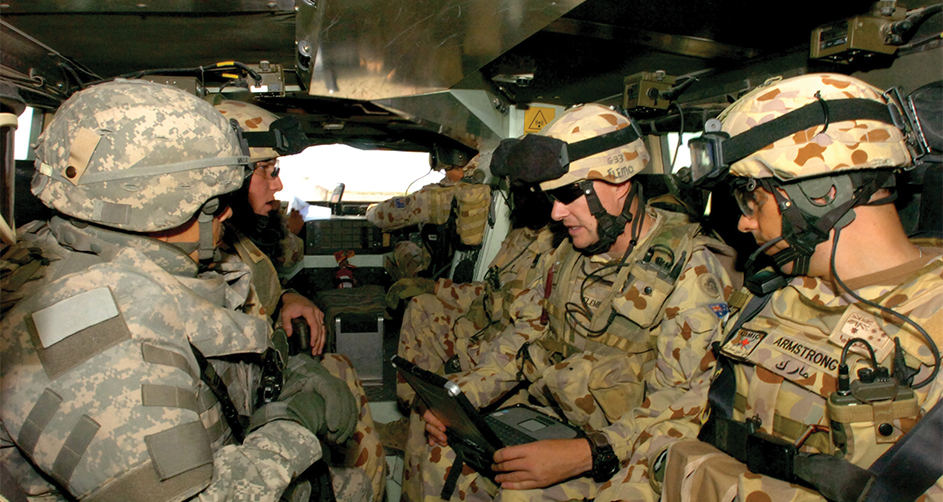Pat attended this event for the first time. There was an impressive turnout of 250 attendees on a wet and cool Canberra day with an excellent line-up of Defence, government and industry speakers. The Defence White Paper identifies “Key Enablers” as one of the six streams in which the Government will strengthen Defence capability. 25% of the investment will be in this stream including the Defence estate portfolio, a figure that is surprisingly high and signals a different and encouraging approach from Government and Defence. Over the next ten years over $29 billion of extra funding will be made available. The current thinking is for the foreseeable future we will see the same level of projects but much larger in scale with higher annual expenditure in critical infrastructure maintenance and upkeep and greater investment in capital expenditure.
Pat’s takeaways:
1. The industry will be the primary beneficiaries of this increased investment and the challenge, particularly for Defence, may be to resource the ramp up required to meet investment milestones sufficiently. Current Government resourcing restrictions on the Australian Public Service in part drives this concern.
2. Structural changes will present challenges, require high levels of commitment and different ways of working from Defence estate and industry. The key changes include the integration of the Major Capital Facilities Program into the Integrated Investment Program (IIP), the creation of the Service Delivery Division, new Estate Strategy, new materiel procurement moving to CASG and SDD receiving service from CASG. Influencing stakeholders will be hugely important given the priority trade-off decisions faced by Defence Capability Managers and a greater focus on positively influencing capability development will be critical. Robust leadership and strong commitment and collaboration are needed to drive through the necessary change.
3. Innovation: Martin Sheppard (Spotless) presented “Partnering on Innovation with Defence”. The presentation was informative and thought provoking. It was interesting to hear about the success of recent service delivery innovations like the Automated Guidance Vehicle at Royal Adelaide Hospital, the use of remote sensors for preventative maintenance and the impact of App technology on a range of areas like for example vegetation management. One of the key industry challenges is to encourage and support Defence Estate to efficiently use their platform and budget to innovate on day-to-day business processes.
4. The importance of Northern Australia was evident throughout the day and has since been backed-up by major government announcements. For example the development of new military training facilities in Townsville and the expansion of Shoalwater Bay to allow Singapore Armed Forces to refine their combat skills. Australia and the United States have agreed to share the cost of the expanded U.S. military presence in Northern Australia. The investment is expected to exceed $2 billion in infrastructure and other charges.
Indigenous Procurement Policy: One of the best presentations came late in the day. Mark Coleman, CEO, Pacific Services Group Holdings (PSGH), a successful Australian Indigenous owned construction and maintenance company. Mark spoke about the mentoring support assistance provided to PSGH and his view that Defence will lead the way in the indigenous construction industry into the future.

